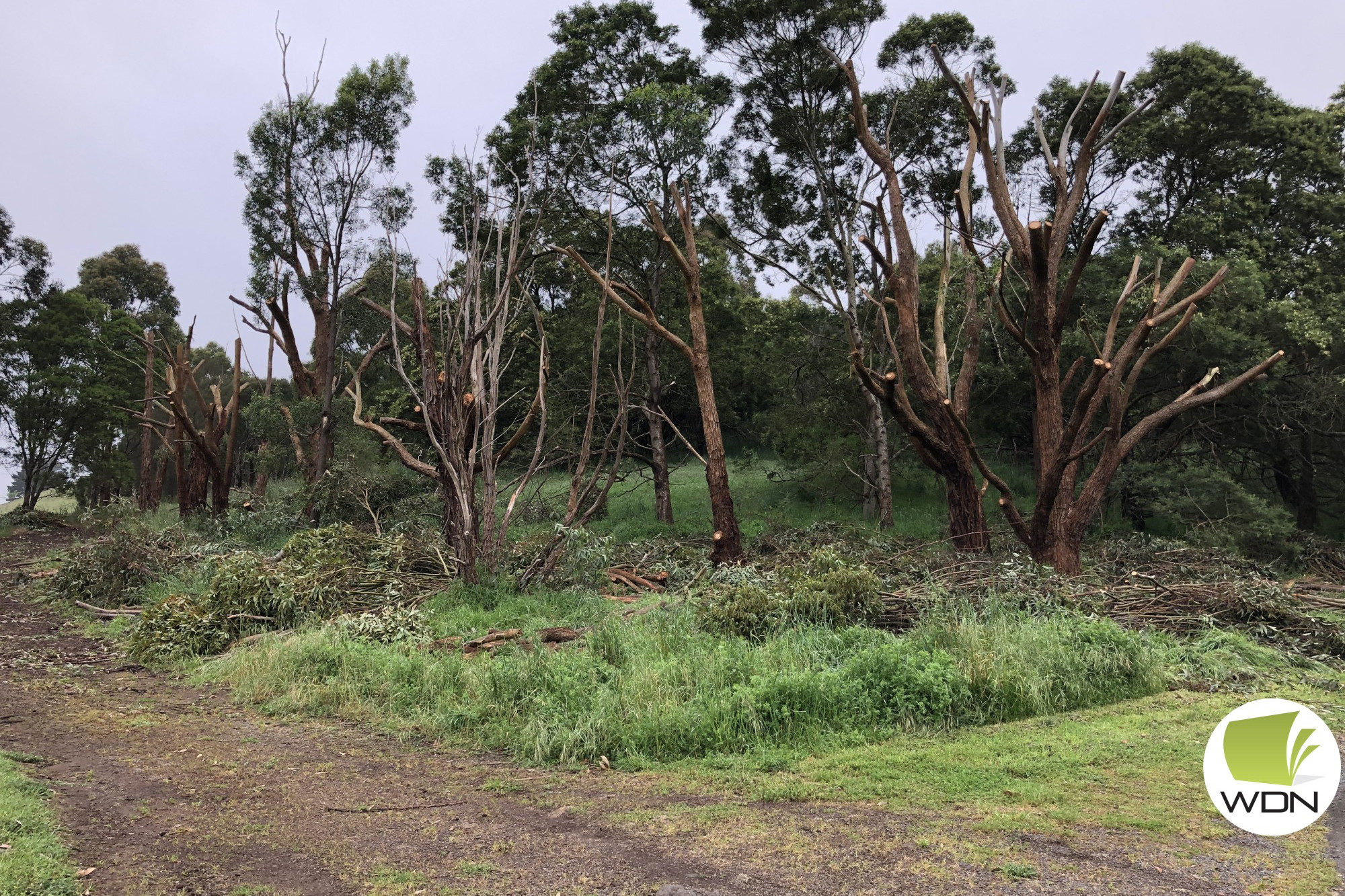General News
1 December, 2022
Hollows for Habitat program
VISTORS to the Mount Leura Reserve recently may have been surprised to see some drastic work being done by local arborist Leighton Stace of Stace Tree Care.

VISTORS to the Mount Leura Reserve recently may have been surprised to see some drastic work being done by local arborist Leighton Stace of StaceTree Care.
Mt Leura and Mt Sugarloaf Management Committee member Frances Grundy said visitors might have assumed these non-indigenous trees were being cut down entirely and removed.
She said rest assured this was not the case.
Stace Tree Care has been employed for transforming these trees by the Mt Leura and Mt Sugarloaf Management Committee as part of the ongoing Corangamite Catchment Management Authority
funded Hollows for Habitat project.
“Instead of cutting down trees that are dangerous, non-indigenous or dead we employ an arborist to reduce the canopy and very methodically and deliberately manipulate artificial hollows for local wildlife in remaining tree trunks,” Ms Grundy said.
“Trees can take up to 100 years or more to develop natural hollows suitable for birds, bats, reptiles, insects and mammals.
“The trees planted as part of revegetation work on the reserves are nowhere near that age. Rather than lose the resources by totally removing unwanted trees we transform them into potential nesting, sheltering orroosting sites.
“Branches removed are used as garden edging on the Reserves or simply left in place to provide additional habitat. Leaf litter is mulched and left on site.”
Ms Grundy said in the trees Mr Stace was currently working on he reported he plans to manipulate and sculpt strategically sized and located hollows suitable for kookaburras, small parrots, Ringtail possums, Sugar Gliders and possibly any one of the eight identified species of microbats which can be found on the reserves.
She said the Hollows for Habitat project has seen many trees transformed in this on the Mt Leura and Mt Sugarloaf Reserves.
“This helps to create important habitat for the reserves’ 23 different recorded species which utilise hollows,” Ms Grundy said.
“In the future these hollows will be systematically monitored to discover whether any birds, bats, insects, reptiles or other creature are making use of them.
“A win, win situation: especially for our native wildlife.”